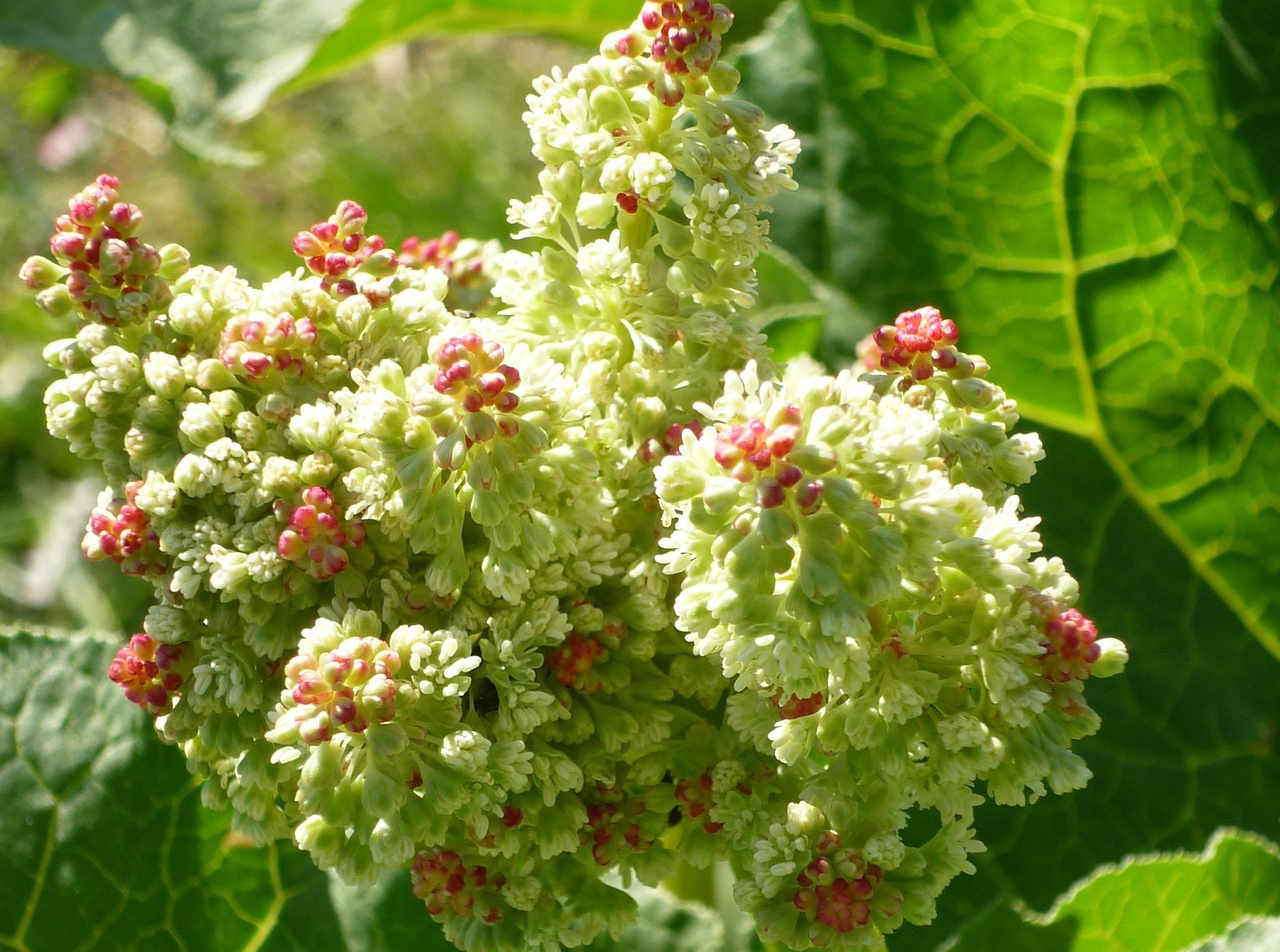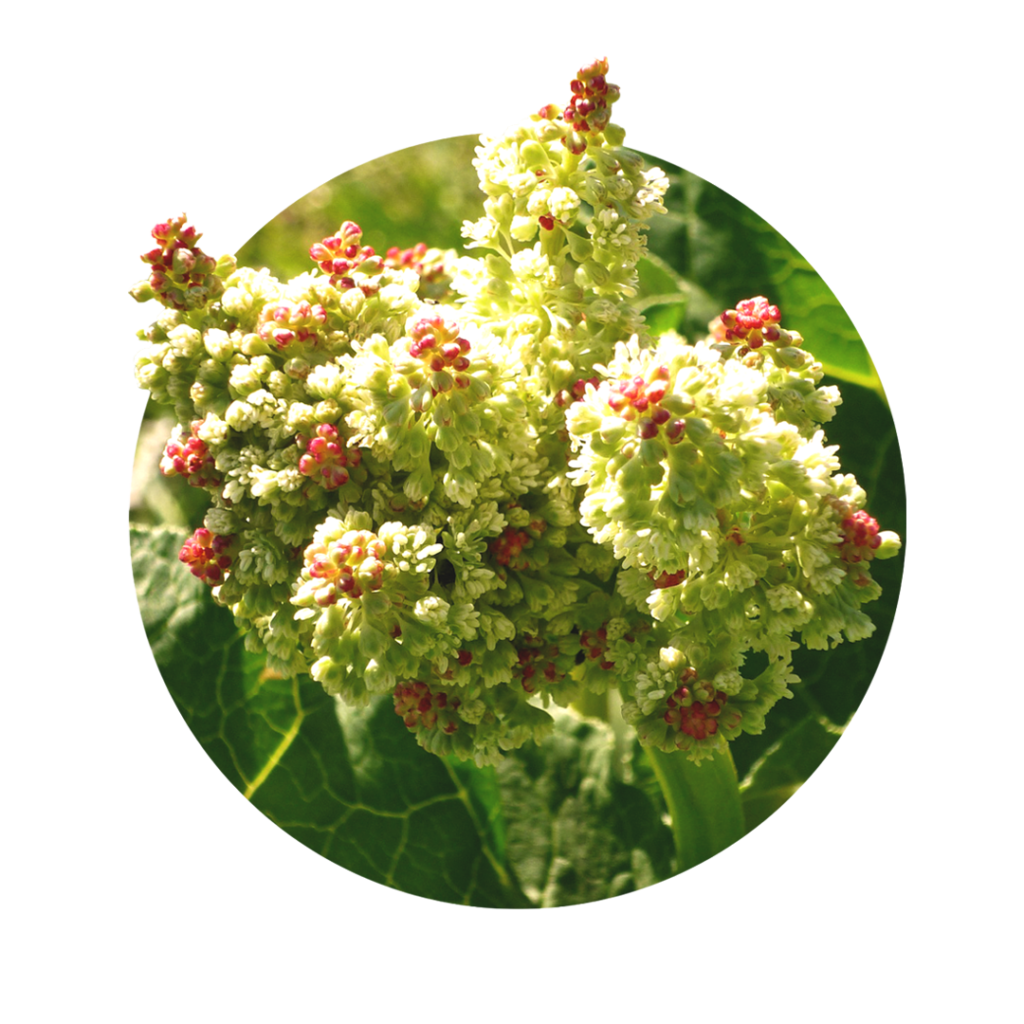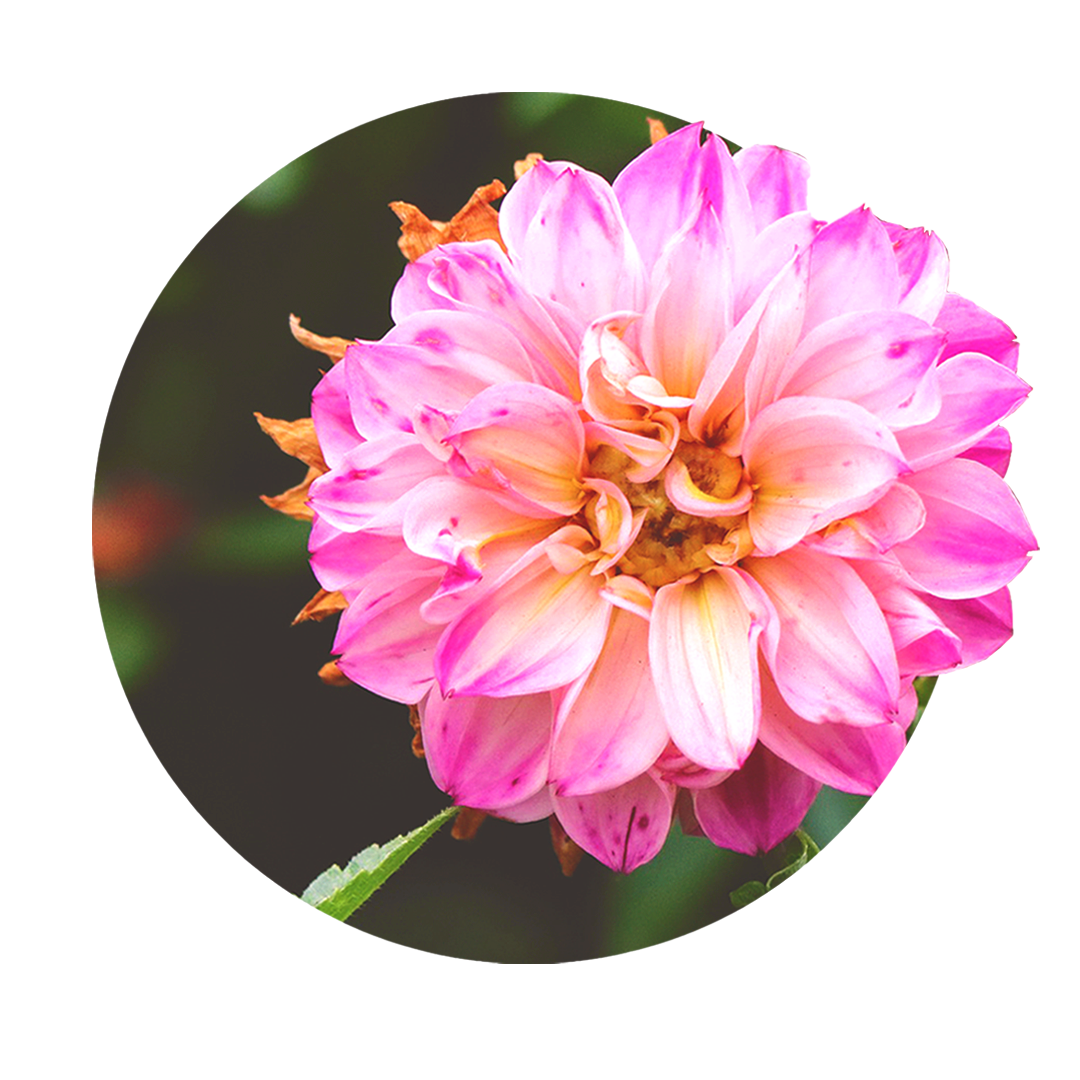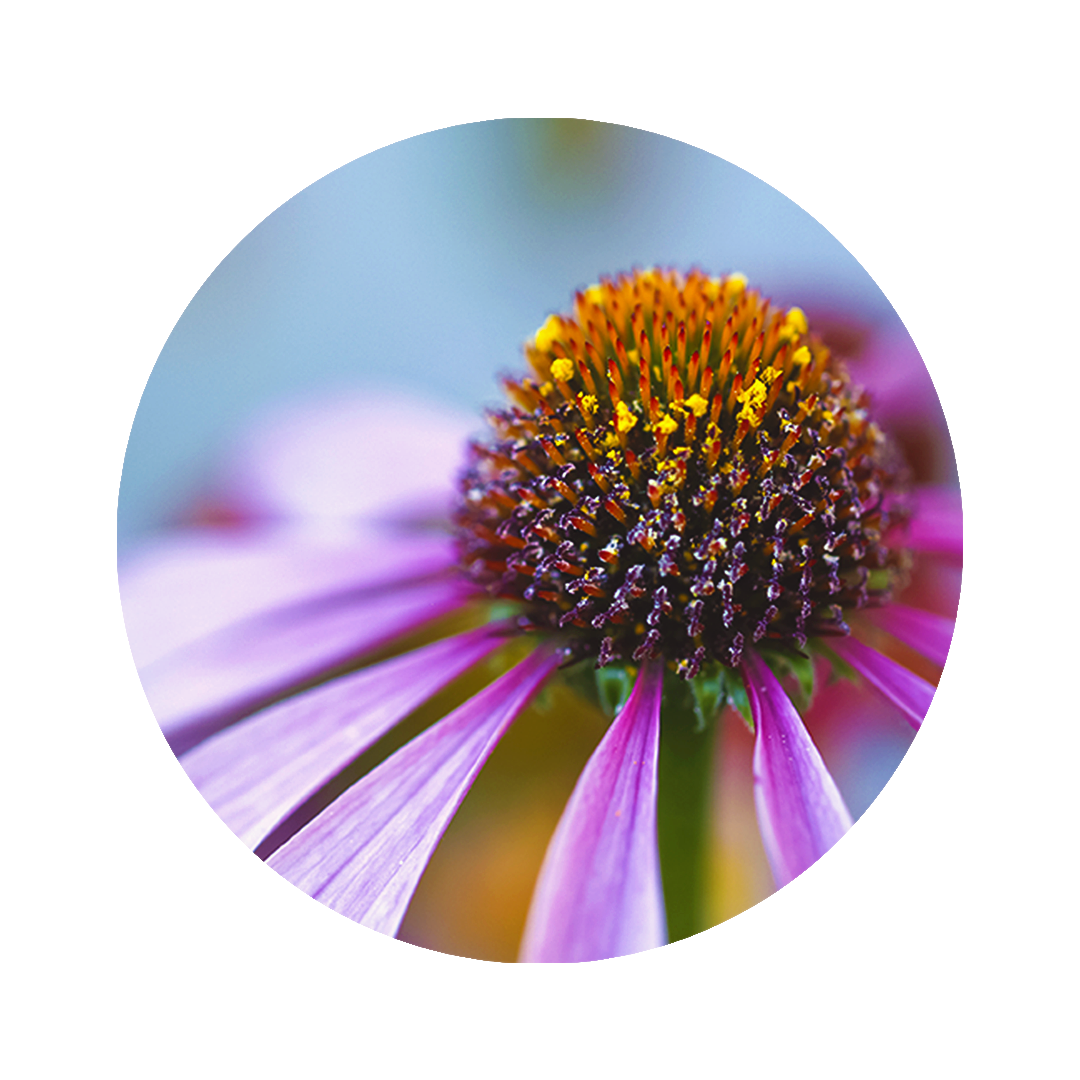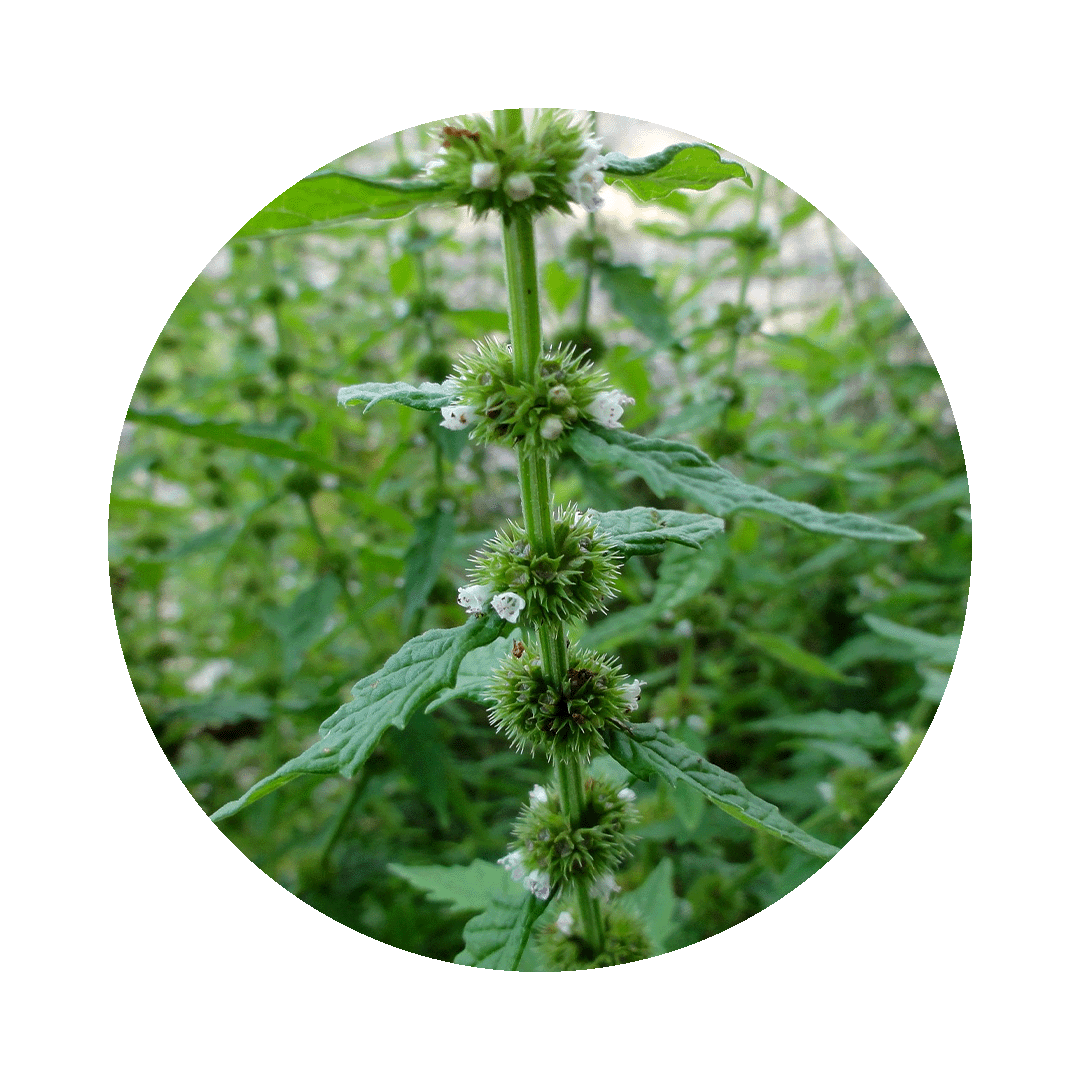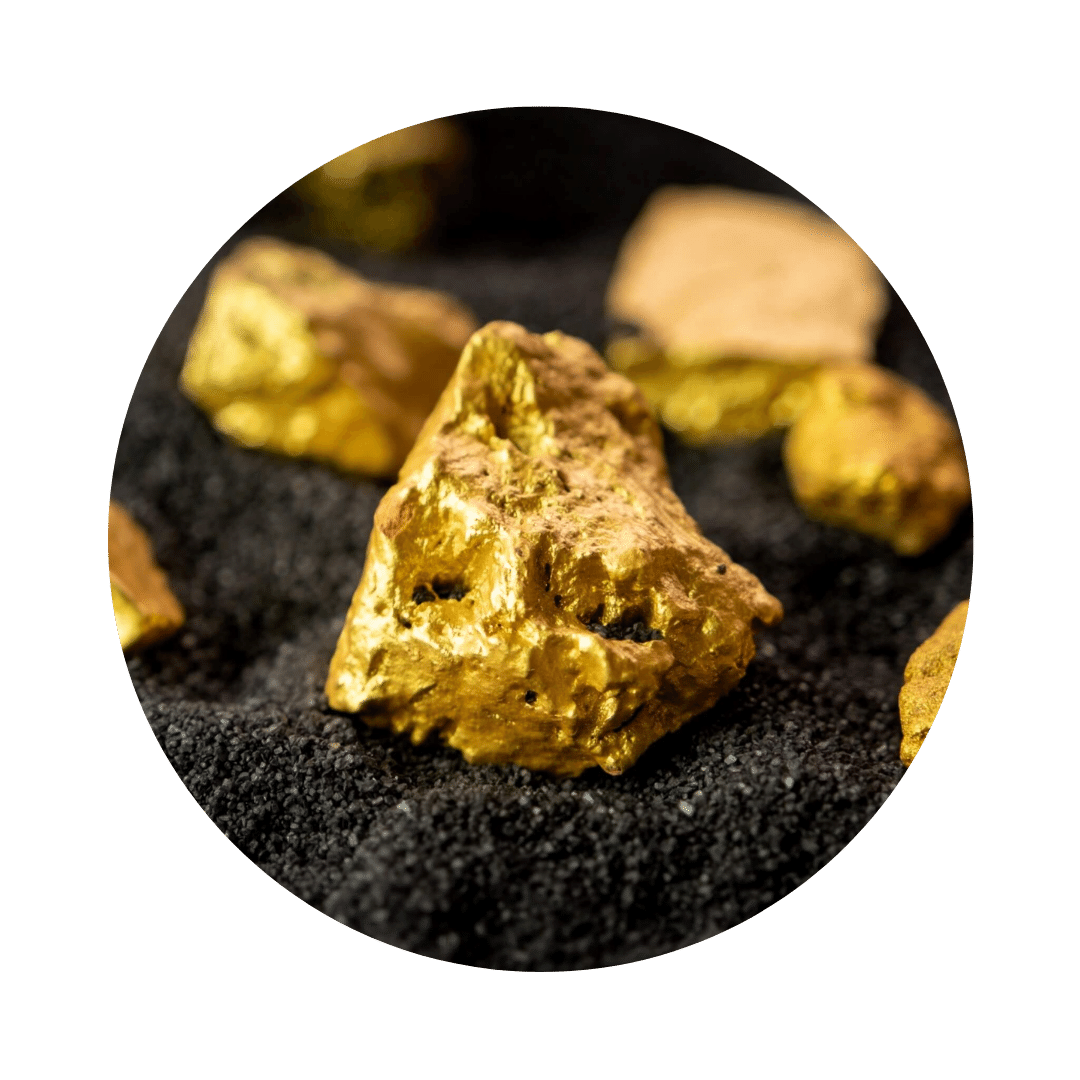Siberian rhubarb: vegetable with hormones
The Siberian rhubarb is a relative of the kitchen vegetables we know. However, its home is Siberia and it has a special feature: Its ingredients are partly hormone-like effective! Especially the ladies plagued by menopause should pay attention here, because this plant is a real alternative to synthetic hormone replacement therapies, as it is considered to have very few side effects.
Facts about Siberian rhubarb
Did you know that...
... one counts the rhubarb to the vegetables?
... Siberian rhubarb can also be taken after breast cancer, despite its estrogen-like effect?
... it is believed that Siberian rhubarb is a feral form of edible rhubarb?
... midwives appreciate the Siberian rhubarb for cleaning the uterus after an abortion?
What is Siberian rhubarb?
Siberian rhubarb is a perennial plant with large stems and large leaves. The herbaceous plant reaches growth heights of up to 1.5m and the leaves can reach a diameter of up to 50cm. The root of rhapontic rhubarb is used medicinally, from which the active ingredient rhaponticin is extracted in crystalline form by means of a special process.
In our gardens it is not particularly widespread, since only in recent decades it has gained a foothold in German phytotherapy and has no importance in the kitchen. The rhubarb that we often find in the garden is a different species, but of course related to the Siberian rhapontic rhubarb.
General and medicinal properties of Rheum raponticum
Estrogenic
Siberian rhubarb has estrogenic activity. Several studies clearly showed that menopausal symptoms can be successfully treated with Siberian rhubarb. Its active ingredients replace the missing estrogen and thus calm the hormonal balance.
Anti-inflammatory
Siberian rhubarb is anti-inflammatory. Especially postmenopausal, many female patients suffer from joint pain and rheumatic manifestations. Siberian rhubarb has anti-inflammatory effect here and relieves rheumatic pain.
Almost no anthranoids
Siberian rhubarb contains almost no anthranoids like other rhubarb species and therefore has no laxative effect. Should one desire this effect, one must resort to conventional medicinal rhubarb.
Anti-proliferative
Siberian rhubarb has an anti-proliferative effect. This means that it inhibits tumor growth in some types of tumors. This is attributed to its strong receptor selectivity, i.e. it does not occupy the growth-promoting estrogen receptors.
Rheum raponticum: Ingredients
Siberian rhubarb contains a number of active substances, but only rhaponticin, which is contained in a finished preparation, is used medicinally.
You can find the following ingredients in rhapontic rhubarb:
- Phytoestrogens such as hydroxystilbenes
- esp. rhaponticin
- esp. deoxyrhaponticin
- Tannins
- Oxalic acid
- Small amounts of anthranoids
Rhapontic rhubarb: effect for body and mind
Rhapontic rhubarb is quite a specific plant that is used for estrogen deficiency symptoms. So its action corresponds exactly to the symptoms that estrogen deficiency triggers. Hot flashes, depressive mood, anxiety and headaches are the key points for which rhapontic rhubarb is used. However, self-medication is not recommended here, since an intervention in the hormonal system should always be accompanied and controlled by a knowledgeable hand. In folk medicine rhapontic is also used for menstrual problems such as a- or dysmenorrhea. This rhubarb is also used to regenerate the uterus after childbirth or miscarriage. Its effect is mainly based on the fact that the hydroxystilbenes it contains are beta-estrogen receptor-active and thus activate these receptors. In studies, Siberian rhubarb has been shown to have a certain selectivity. Apparently, it does not or hardly dock to alpha estrogen receptors and thus has no growth-promoting effect on hormone-dependent breast tumors or uterine fibroids. Nevertheless, it is currently not recommended to be taken in case of existing history.
Properties of Siberian rhubarb
- Mood enhancing
- Anxiety Relief
- Calms hot flashes
- Estrogenizing
Fields of application in naturopathy
The symptoms listed here should all be seen against the background of estrogen deficiency. Rhapontic rhubarb can be a good choice for estrogen-dependent issues by means of its contained stilbenes.

Siberian rhubarb: menopausal symptoms
The list of menopausal symptoms is long. In the early phase, it usually starts with a- and dysmenorrhea. These are joined by unprecedented mood swings, hot flashes, hair loss, sleep disturbances, irritability and musculoskeletal pain. The cause is the drop in estrogen levels, as the ovaries cease their activity and the body first has to get used to the new situation. Rhapontic rhubarb, with its stilbenes such as rhaponticin, contains substances that act on the body's estrogen receptors, activating them and thus compensating for the lack of true estrogen.
Siberian rhubarbfor headaches
During the hormonal change, patients often complain of migraine attacks and headaches. The cause is the unsteady estrogen level. In studies it was found that patients taking Siberian rhubarb had significantly fewer headache symptoms than in the comparison groups.

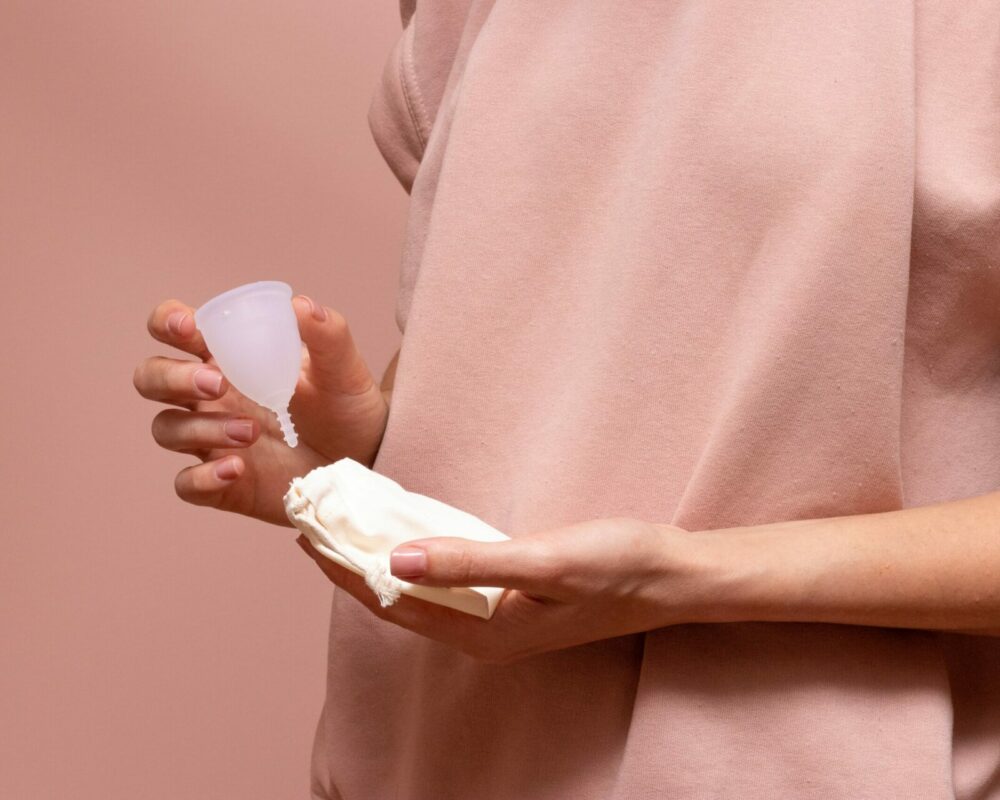
Siberian rhubarb for menstrual cramps
Period pain is widespread and often due to hormonal imbalance. In some cases, the hormone progesterone predominates. Rhaponticin is the substance in rhapontic rhubarb that has an estrogen-like effect in the body and estrogen is the 'antagonist' of progesterone. Thus, rhaponticin rebalances the imbalance and period pain decreases.
Siberian rhubarb for nervousness
Hormonal imbalances are often perceived by ladies in an altered sense of well-being. They feel nervous and restless, it is difficult to concentrate and they are very sensitive to stimuli. The phytoestrogens contained in Siberian rhubarb can provide a remedy by eliminating estrogen deficiency symptoms and by raising the estrogen level, thereby also ensuring a relative balance of the progesterone level. The nervous symptoms disappear and calmness returns.
Notes on the use of rhapontic rhubarb
Siberian rhubarb is included in some homeopathic or spagyric mixtures and should usually be taken three times a day according to the manufacturer's instructions. The same applies to mono-preparations containing only rhaponticin. The exact dosage should be determined in consultation with a physician.
Rhapontic Rhubarb during Pregnancy & Lactation
Since Siberian rhubarb is hormonally active, it should not be taken during pregnancy and breastfeeding.
Rhapontic rhubarb for allergies
If there is already a known allergy to other types of rhubarb, then Rhapontic Rhubarb should not be taken.
Siberian rhubarb in estrogen-dependent growing tumors.
If an estrogen-dependent tumor is suspected or has already been diagnosed, Siberian rhubarb must not be taken.
Discover our sprays
With natural methods such as the individual spagyric sprays from Zimply Natural, complaints can be treated and sustainably alleviated.
Use the healing power of Rheum rhaponticum!
Use the healing power of Siberian Rhubarb and our other 100 medicinal plants for natural relief of your ailments. Improve your well-being and support your body, mind and soul! Use our configurator to create your personal spagyric spray, which is tailored to your needs and accompanies you on your natural path to the improvement of body, mind and soul.

